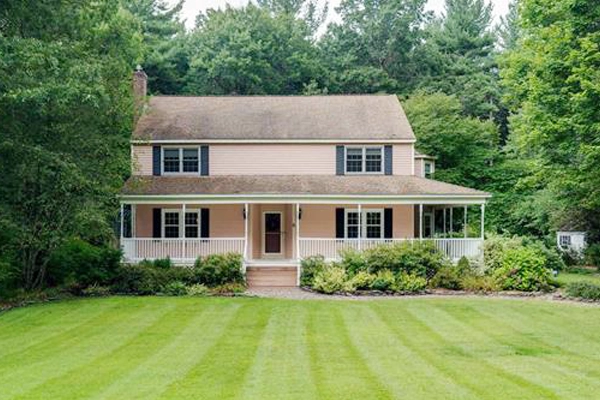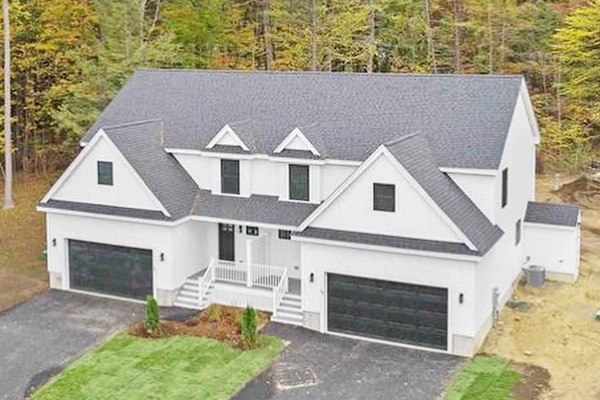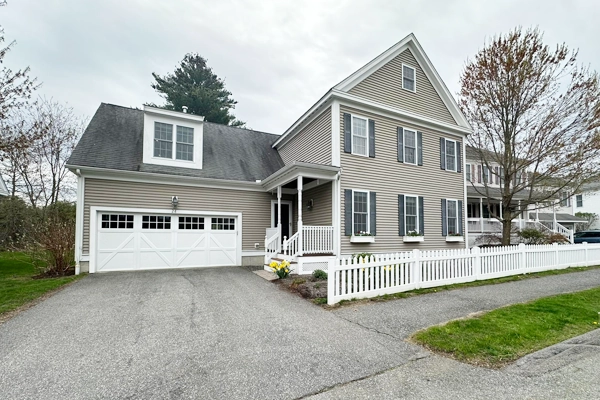Let’s Explore Your Selling Options. I’ll help you sell your property at the price and terms you want. Free Selling Strategy Call
Given their prevalence in our current market, today I’d like to discuss how rent-backs are being used, as well as some of the pitfalls you may run into if you’re considering a rent-back as a potential option.
Rent-back agreements have been around for a long time, but now they’re being used frequently. In essence, a rent-back agreement is when a seller agrees to sell their property to the buyer on the condition that the buyer allows the seller to rent the home for a set period after closing. Sellers usually do this so that they can shop for a new home without worrying where they’ll live in the meantime. Rent-backs also give sellers some flexibility with timing, meaning they don’t feel pressured to buy something within, say, 30 to 45 days.
However, there are some risks associated with the rent-back strategy. For one, the new owner needs to trust that the seller of the home will actually be out in the agreed-upon time. Sometimes people have good intentions, but it’s hard out there for buyers. If they can’t find a home, the old owner of the home becomes a tenant, and the new owner may have to go through the process to remove them.
Secondly, rent-backs make the final walk-through awkward for the buyers, who usually do this to make sure that the home is still in good condition before they take ownership of it. The worry is that damage could be sustained to the home during the rent-back period.
In the end, the rent-back strategy is useful in the right conditions, but it doesn’t come without risks. If you have any questions about rent-backs or buying or selling homes in general, don’t hesitate to reach out to me. I’d love to help you.
-
Let’s Explore Your Selling Options I’ll help you sell your property at the price and terms you want. Free Selling Strategy Call
-
What’s Your Home Worth? Are you thinking of selling your home or interested in learning about home prices in your neighborhood? We can help you. Free Home Value Report
-
Free Real Estate Newsletter Get our latest Q&A, insights, and market updates to make smarter decisions. Subscribe Now








